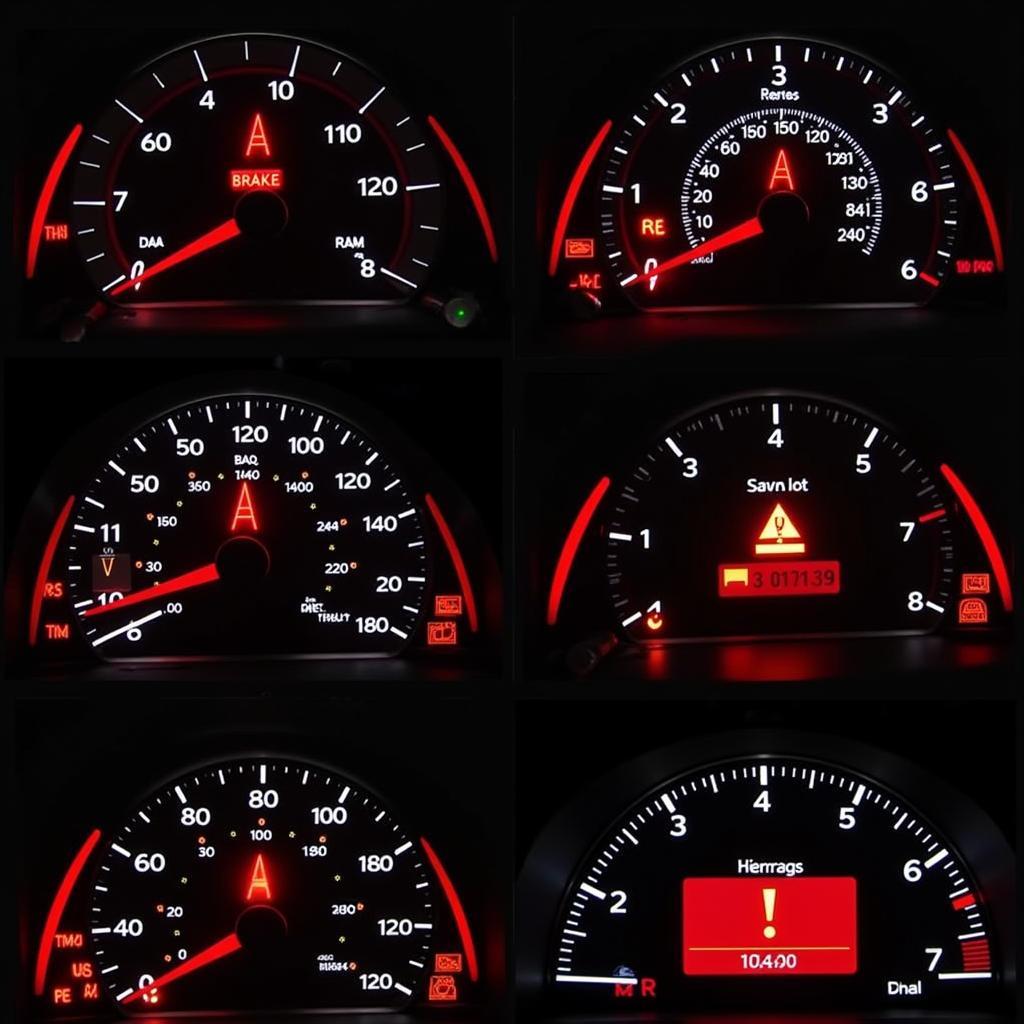The Warner Electric Centrifugal Brake FC-G0C410 is a critical component in many automotive systems, responsible for controlling speed and providing braking force. Understanding how this brake functions, troubleshooting potential issues, and ensuring its proper operation is crucial for maintaining vehicle performance and safety. This comprehensive guide will equip you with the knowledge and insights you need to handle the FC-G0C410 effectively.
Introduction to the Warner Electric Centrifugal Brake FC-G0C410
The FC-G0C410 is a centrifugal brake designed for various applications, including automotive transmissions, engine accessories, and industrial machinery. This brake leverages the principles of centrifugal force to engage and disengage braking action, offering a reliable and efficient solution for speed control. The FC-G0C410’s operation is based on the interaction between a rotating hub and a set of brake shoes. As the hub spins, centrifugal force pushes the brake shoes outward, engaging them against a stationary drum or rotor. This engagement creates friction, slowing down the hub’s rotation and providing braking force.
Understanding the Mechanics of the FC-G0C410
The Warner Electric Centrifugal Brake FC-G0C410 incorporates several key components:
- Hub: The rotating center of the brake, connected to the driven shaft.
- Brake Shoes: The friction-generating components that press against the drum or rotor.
- Spring: Responsible for returning the brake shoes to their disengaged position when the hub stops rotating.
- Adjustment Mechanism: Allows for fine-tuning the brake shoe clearance, ensuring optimal engagement and wear.
- Housing: Contains the other components and provides structural support.
Common Issues with the Warner Electric Centrifugal Brake FC-G0C410
While the FC-G0C410 is a robust component, various issues can arise over time, impacting its performance:
1. Brake Shoe Wear:
- Symptom: Gradual reduction in braking force, potentially leading to slippage.
- Cause: Normal wear and tear from repeated engagement and disengagement.
- Solution: Replace worn brake shoes.
2. Spring Failure:
- Symptom: Brake shoes fail to disengage completely, causing drag and overheating.
- Cause: Spring fatigue, broken spring, or corrosion.
- Solution: Replace the faulty spring.
3. Adjustment Issues:
- Symptom: Improper brake shoe clearance, leading to poor engagement or excessive wear.
- Cause: Incorrect adjustment or seized adjustment mechanism.
- Solution: Adjust the brake shoe clearance as needed.
4. Bearing Problems:
- Symptom: Abnormal noise, vibration, or uneven rotation.
- Cause: Worn or damaged bearings supporting the hub or other rotating components.
- Solution: Replace the faulty bearings.
Troubleshooting Tips for the Warner Electric Centrifugal Brake FC-G0C410
- Visual Inspection: Examine the brake for signs of wear, damage, or debris.
- Functionality Test: Observe the brake shoe engagement and disengagement during operation.
- Sound Check: Listen for any abnormal noises or vibrations, indicating potential issues.
- Temperature Check: Monitor the brake’s temperature during operation for signs of overheating.
Expert Insights on the FC-G0C410
“The Warner Electric Centrifugal Brake FC-G0C410 is a reliable workhorse, but it requires proper maintenance and attention,” explains John Smith, an experienced automotive technician. “Regular inspections and timely replacements of worn components are crucial to ensure optimal performance and prevent premature failure.”
“When troubleshooting issues with the FC-G0C410, it’s important to consider the specific symptoms and use a process of elimination to pinpoint the root cause,” adds Sarah Jones, a specialist in automotive braking systems. “Understanding the brake’s mechanics and the potential failure points will help you diagnose and resolve problems effectively.”
Frequently Asked Questions (FAQs)
Q: What is the recommended interval for replacing brake shoes on the FC-G0C410?
A: The recommended interval for replacing brake shoes varies depending on usage and operating conditions. However, it’s generally advisable to inspect the brake shoes regularly and replace them when they show signs of significant wear or damage.
Q: Can I adjust the FC-G0C410 brake without specialized tools?
A: Adjusting the brake shoe clearance typically requires specific tools and knowledge. It’s best to consult a qualified technician or refer to the manufacturer’s instructions for proper adjustment procedures.
Q: What are the common symptoms of a failing FC-G0C410 brake?
A: Common symptoms include reduced braking force, slippage, unusual noises or vibrations, overheating, and difficulty in engaging or disengaging the brake.
Q: How can I prolong the lifespan of the FC-G0C410 brake?
A: Regular maintenance, including visual inspections, cleaning, lubrication, and timely replacement of worn components, will help extend the brake’s lifespan.
Q: What are the safety implications of a malfunctioning FC-G0C410 brake?
A: A malfunctioning brake can compromise vehicle safety, potentially leading to loss of control, speed issues, and accidents. It’s crucial to address any brake problems promptly and ensure the system is functioning correctly.
Conclusion
The Warner Electric Centrifugal Brake FC-G0C410 plays a vital role in various automotive systems, ensuring speed control and braking efficiency. By understanding its mechanics, troubleshooting common issues, and performing regular maintenance, you can maximize its performance and reliability. Remember, addressing any brake problems promptly is crucial for vehicle safety and performance.

